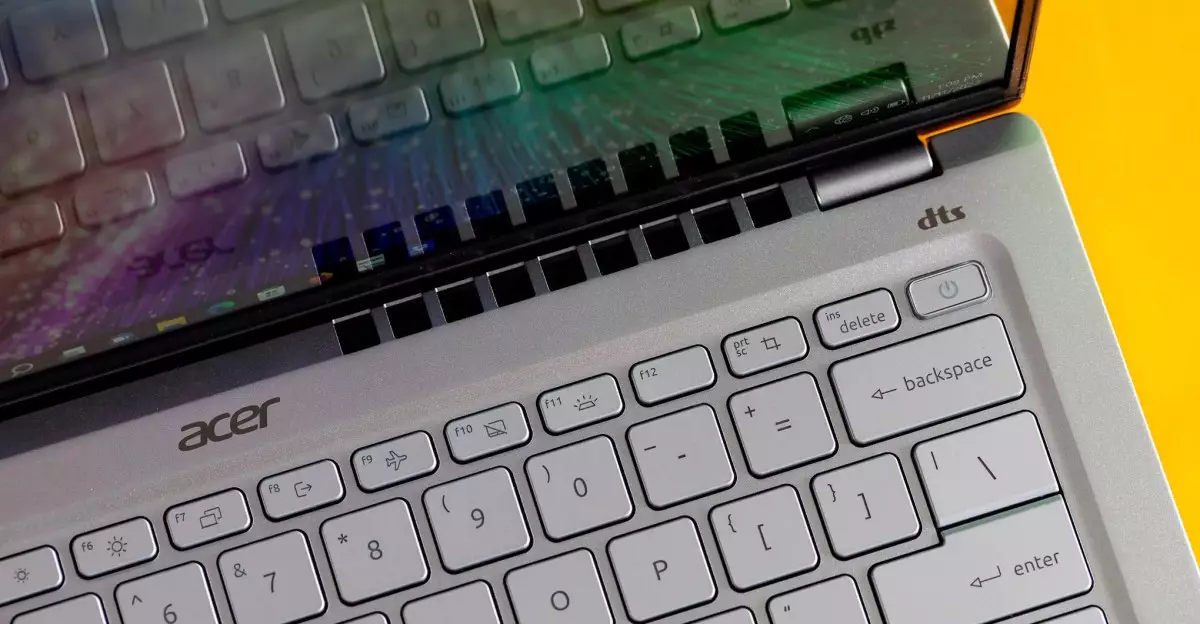In the face of rising import tariffs imposed by the U.S. government, consumers should brace themselves for upcoming price increases on laptops, as indicated by Acer’s CEO, Jason Chen. He voiced concerns that the anticipated 10% price hike could set a precedent within the tech industry, where competitors might not only match this increase but may also resort to price gouging. This situation is reflective of a broader economic environment influenced by governmental policies and competitive market behavior.
As the tariff introduced by President Trump takes effect, manufacturers are grappling with the implications of heightened operational costs. Chen’s assertion that the price increase is a straightforward response to the new import tax highlights how intertwined corporate pricing strategies are with political decisions. The expectation is that companies will seek to pass these costs onto consumers, thus shifting the burden of tariffs from manufacturers to the end-user.
While Acer is preparing to implement these price hikes, it’s noteworthy that the ramifications of such tariffs are unevenly distributed across the industry. Chen hinted at options for alternative manufacturing locations, suggesting that Acer is contemplating moving some laptop production outside of China, potentially even to U.S. soil. This could signal a significant shift in the landscape of laptop manufacturing, which has predominantly relied on China as a production hub.
Currently, most major tech companies, even those based in the United States, typically utilize Chinese manufacturers for assembly. This reliance indicates a complex global supply chain that could be disrupted by changing trade policies. The challenge for these companies lies in balancing the increased costs associated with tariffs with their competitive positioning in the global market. As a result, some may view these tariffs as an opportunity to increase profit margins under the guise of cost adjustments.
The prospect of price gouging remains a concern as Chen describes a scenario where companies might exploit these tariffs to enforce price hikes exceeding the statutory 10%. Companies like Apple, Dell, HP, and Lenovo have remained conspicuously silent in response to media inquiries regarding their pricing strategies. This silence could indicate a reluctance to expose their pricing tactics publicly, or it may suggest a thoughtful delay as they evaluate their next moves amidst evolving market conditions.
Moreover, companies such as Framework, which produce modular laptops, have communicated their intent to manage the cost impacts carefully, implying a conscious effort to mitigate customer dissatisfaction amidst rising prices. The steady push for diversification in their supply chain reflects an adaptive strategy to circumvent potential vulnerabilities posed by tariffs.
As the tech industry navigates these turbulent waters of trade policy and competitive pricing, consumers are left to ponder the degree to which these changes will alter the cost of their beloved devices. It remains to be seen how widespread the implementation of price increases will be, and whether competitors will adopt aggressive pricing policies in reaction to these tariffs. The interplay between manufacturers, policymakers, and consumers creates a dynamic landscape where strategic decisions will undoubtedly shape the future of laptop pricing and availability.


Leave a Reply